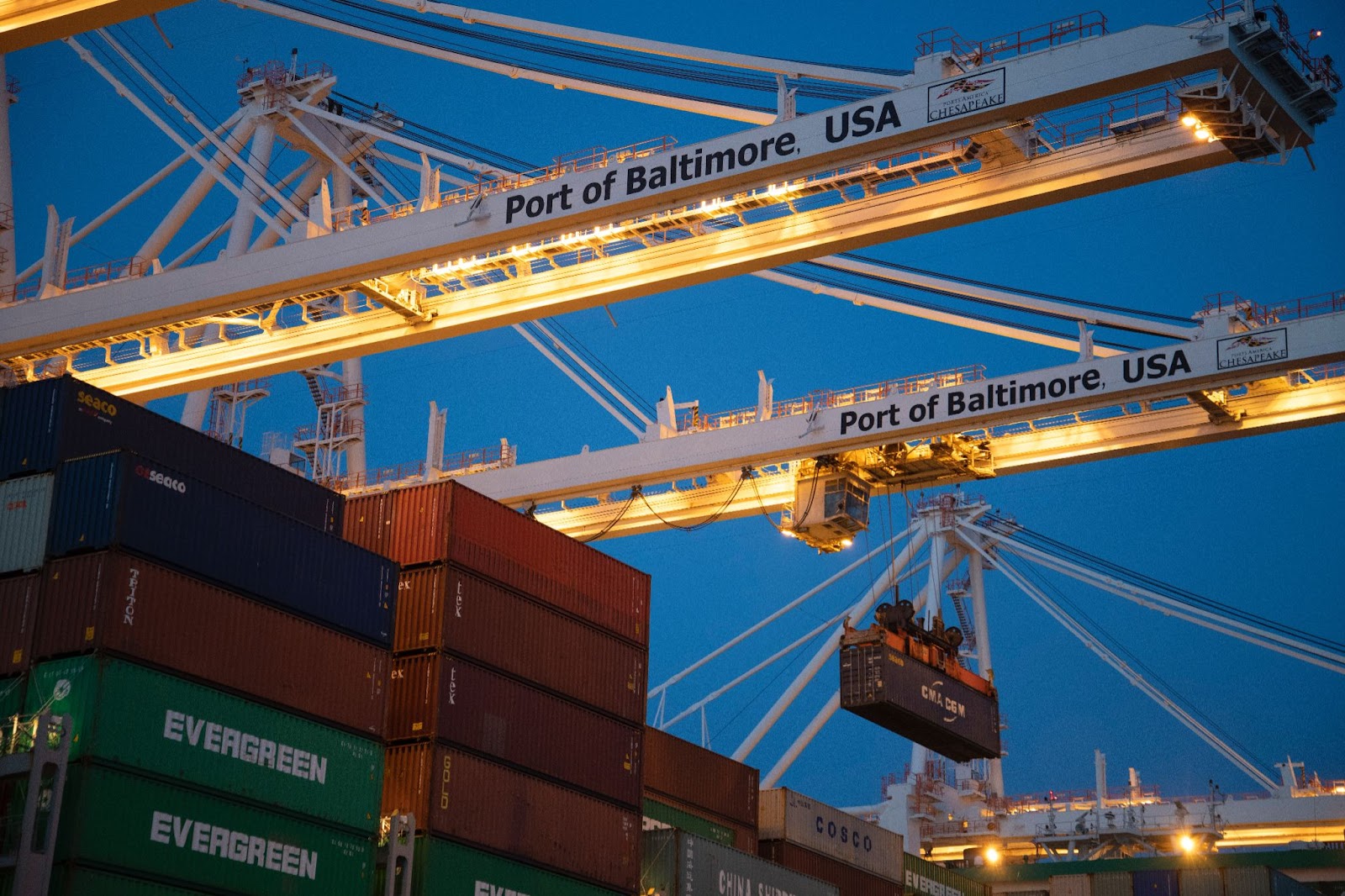HTS code: a guide for e-commerce merchants
What is HTS code? HTS stands for Harmonzied Tariff Schedule, a system established in the United States in 1989. HTS codes form a hierarchical numerical structure, which is used to describe goods for duty, quota, and statistical purposes. The HTS is based on the Harmonized System (HS).
.jpeg)
HTS codes explained
To make international trade easier, most countries use a customs classification system to ensure shipments can cross borders hassle-free. In the USA, the HTS code system is used to determine customs duties to be paid on imports. The codes are designed to help quickly identify goods coming into the US, preventing delays and ensuring timely processing.
What is a HTS code and what are HTS codes used for?
HTS stands for Harmonzied Tariff Schedule, a system established in the United States in 1989. HTS codes form a hierarchical numerical structure, which is used to describe goods for duty, quota, and statistical purposes. The HTS is based on the Harmonized System (HS).
HTS codes have a direct effect on:
- Duty rates
- Anti-dumping orders
- Customs tariff reductions
- Additional duties
- Government agency requirements
How does the HTS code work?
Harmonized tariff schedule codes (HTS codes) are between 8 and 10 digits. There are more than 10,000 individual codes that belong to specific items, and they are broken down into five different sections. The first six digits of a HTS number form a HS code. Any subsequent digits are assigned by the country of import to provide additional classification.
For example, a 10-digit HTS code 8516.32.0090 can be broken down like this:
85 - Chapter
The first two digits of the code represent the general category of the goods. In this case, the numbers represent electrical machinery and equipment.
8516 - Heading
The next two digits (16) provide a more specific classification within the electric machinery category. In this case, 16 indicates that the goods are related to electric transformers, converters, and inductors.
8516.32 - Subheading (HS code)
The fifth and sixth digits (32) further narrow down the classification of goods to a specific type of product within the transformers and inductors category. For example, the numbers could refer to variable or adjustable inductors.
8516.0090 - Subheading (Tariff rate lines)
The seventh and eighth digits, in this case 00, refer to duty rates. The two digits are specific to the United States.
8516.32.0090 - Statistical suffix
The remaining two digits provide the most specific level of product classifications, and are used to collect trade data. In this case, the numbers refer to a particular type or model of variable inductor. Again, these numbers are specific to the United States.
It's important to note that the Harmonized Tariff Schedule is updated periodically to account for changes in technology, trade practices, and the introduction of new products. In some cases, countries can negotiate changes to HTS codes as part of an international trade agreement with the United States.

Are HTS and HS codes the same?
HTS codes contain a HS code, but a HTS code contains extra digits to further classify goods that are being specifically imported into the United States.
The key things to remember with HS codes is that they are:
- Six digits long
- Used globally for imports and exports
- Governed by the World Customs Organization (WCO)
HTS codes are:
- 8 - 10 digits long (though the first six digits form a HS code)
- Assigned to United States imports only
- Governed by the US International Trade Commission
The key difference between HTS codes and HS codes is that HTS codes are specific to the US and must be used by United States importers. They are not globally recognized.

Why is it important for e-commerce businesses to use the correct HTS code?
To successfully ship goods across US borders, every business needs to declare the correct HS and HTS codes. For e-commerce companies specifically, shipping goods internationally can be tricky because of unpredictable trade barriers and bureaucratic hurdles.
Customs authorities require very specific criteria to be met to clear shipments at borders, including complex tariff codes, taxes and duties, and international trade regulations. Declaring the wrong HTS code or failing to maintain HTS codes for your products can have costly consequences for e-commerce companies, including:
- Incorrect duty and tax rates: If the wrong HTS code is assigned to imported goods, you risk overpaying on duties and taxes. Plus, customs authorities can impose penalties for the hassle or even seize goods.
- Shipping delays: An incorrect HTS code can cause shipments to be held by customs authorities causing delays and incurring additional costs.
- Delayed order deliveries: The wrong HTS code means delivery deadlines can be missed, resulting in unhappy customers and more additional costs.
- Decrease in international sales: Shipping delays and missed delivery deadlines caused by incorrect HTS codes can result in a poor customer experience. This means that fewer people might order from you if your reputation for international trade isn't great.
- Customs audits for your business: If you are a serial HTS code misuser, your business could face a customs audit, which could result in heavier fines and penalties.
How do I find my HTS code? How to find HTS code for product classification
In some cases, suppliers provide importers with a HTS code. However, this is problematic because if the assigned code is incorrect, it's the importer not the supplier that's liable for any issues that arise from using the wrong code.
If you are unsure about what the HTS code is for your goods, you can use General Rules of Interpretation (GRI) - as set out by US Customs and Border Protection - to determine which HTS best classifies your product.
There are several HTS code lookup tools you can use to find the right HTS code, including the official Harmonized Tariff Schedule search function.
Once you have established the correct HTS codes for your products, be sure to cross-check the accuracy of entries. You can do this in several ways. For example, you can look up detailed descriptions of each tariff code, review the United States Harmonized Tariff Schedule, or search for third-party interpretations of standards.
Partner with a 3PL for your international e-commerce operations
Hive serves as an international expansion partner for e-commerce companies, giving you the support you need to meet customs requirements. This ensures that you can trade internationally hassle-free.
Hive adds value to your international strategy offering tech-driven solutions and specialist e-commerce consultants working worldwide to help you 24/7.









.png)

.png)
.png)
.jpeg)
